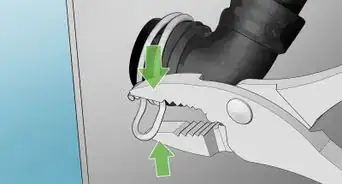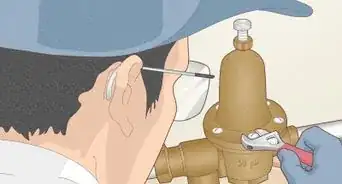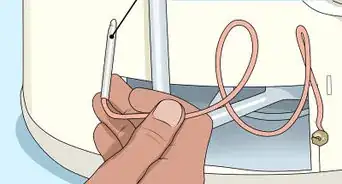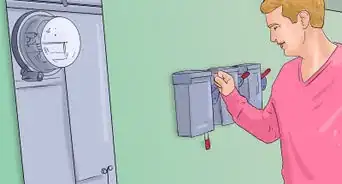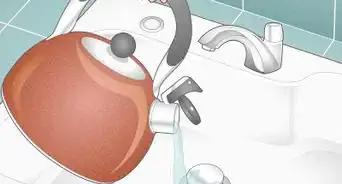This article was co-authored by wikiHow staff writer, Devin McSween. Devin McSween is a wikiHow Staff Writer. With a background in psychology, she has presented her research in social psychology at a variety of conferences and has contributed to several manuscripts for publication. At wikiHow, Devin combines her love of writing and research with the goal of bringing accessible information to wikiHow readers that will help them learn and grow. She earned her BS in Psychology from the College of Charleston.
This article has been viewed 2,749 times.
Learn more...
When it comes to pipework and plumbing, MIP and NPT fittings are typically the most popular choices. Both of these fittings are threaded and make a great seal between pipes, but contrary to popular belief, they’re not completely the same! In this article, we’ll tell you all about the differences between MIP and NPT threads to help you make the best fitting choice for your needs. Read on to learn more about these fittings!
Things You Should Know
- NPT threads are the national US standard for pipe fittings. MIP fittings are a type of NPT thread.
- NPT threads are usually used for low-pressure, residential pipes while MIP fittings are used for high-pressure, industrial pipes.
- NPT threads are tapered and slightly thinner at the bottom. MIP fittings are straight and the same width all the way across.
- NPT threads are usually made out of plastic while MIP fittings are typically made out of metal.
Steps
References
- ↑ https://www.pvcworkshop.com/mip-vs-fip/
- ↑ https://www.pvcworkshop.com/mip-vs-fip/
- ↑ https://www.hoseassemblytips.com/what-is-npt/
- ↑ https://www.hoseassemblytips.com/what-is-npt/
- ↑ https://storiesofahouse.com/npt-vs-mip/
- ↑ https://storiesofahouse.com/npt-vs-mip/
- ↑ https://storiesofahouse.com/npt-vs-mip/
- ↑ https://www.hoseassemblytips.com/what-is-npt/
- ↑ https://storiesofahouse.com/npt-vs-mip/

